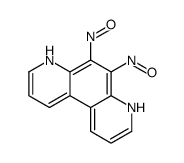84-12-8
| Name | phanquone |
|---|---|
| Synonyms |
Fanquinona
5,6-Dioxo-5,6-dihydro-4,7-phenanthroline [4,7]Phenanthroline-5,6-dione phanquinonum [INN_en] [4,7]Phenanthrolin-5,6-dion 4,7-Phenanthroline-5,6-dione Phanquinone Entobex Phanchinone Entronon 4,7-Phenanthrolene-5,6-quinone Phanquinonum Phanchinonum phanquone Enthohex |
| Description | Phanquone (11925 C; Entronon) derives from a hydride of a 4,7-phenanthroline. Phanquone is applied as an original precolumn derivatization reagent for amino acids[1]. |
|---|---|
| Related Catalog | |
| References |
| Density | 1.4±0.1 g/cm3 |
|---|---|
| Boiling Point | 456.1±20.0 °C at 760 mmHg |
| Melting Point | 295° (dec) |
| Molecular Formula | C12H6N2O2 |
| Molecular Weight | 210.19 |
| Flash Point | 229.1±28.2 °C |
| Exact Mass | 210.042923 |
| PSA | 59.92000 |
| LogP | 0.15 |
| Vapour Pressure | 0.0±1.1 mmHg at 25°C |
| Index of Refraction | 1.678 |
CHEMICAL IDENTIFICATION
HEALTH HAZARD DATAACUTE TOXICITY DATA
MUTATION DATA
|
| HS Code | 2933990090 |
|---|
|
~84% 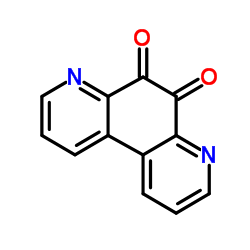
84-12-8 |
| Literature: Bonhote, Pierre; Wrighton, Mark S. Synlett, 1997 , vol. 1997, # 8 p. 897 - 898 |
|
~% 
84-12-8 |
| Literature: Dalton Transactions, , # 8 p. 1060 - 1072 |
|
~% 
84-12-8 |
| Literature: Synlett, , vol. 1997, # 8 p. 897 - 898 |
|
~% 
84-12-8 |
| Literature: Synlett, , vol. 1997, # 8 p. 897 - 898 |
|
~% 
84-12-8 |
| Literature: Chemische Berichte, , vol. 95, p. 2395 - 2402 Helvetica Chimica Acta, , vol. 33, p. 1080,1085 |
| Precursor 6 | |
|---|---|
| DownStream 6 | |
| HS Code | 2933990090 |
|---|---|
| Summary | 2933990090. heterocyclic compounds with nitrogen hetero-atom(s) only. VAT:17.0%. Tax rebate rate:13.0%. . MFN tariff:6.5%. General tariff:20.0% |

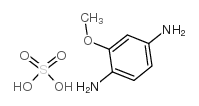
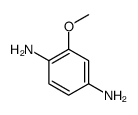
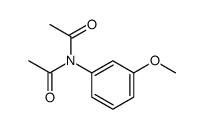


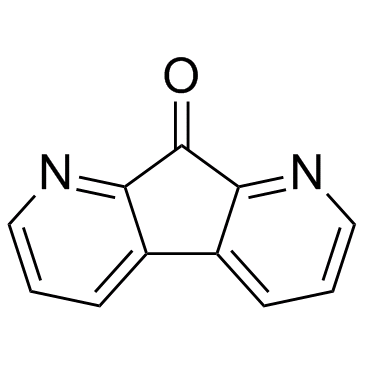
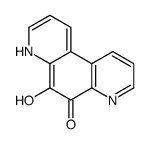
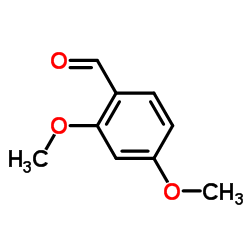

![[3,3']bipyridinyl-2,2'-dicarboxylic acid structure](https://image.chemsrc.com/caspic/298/3723-32-8.png)
